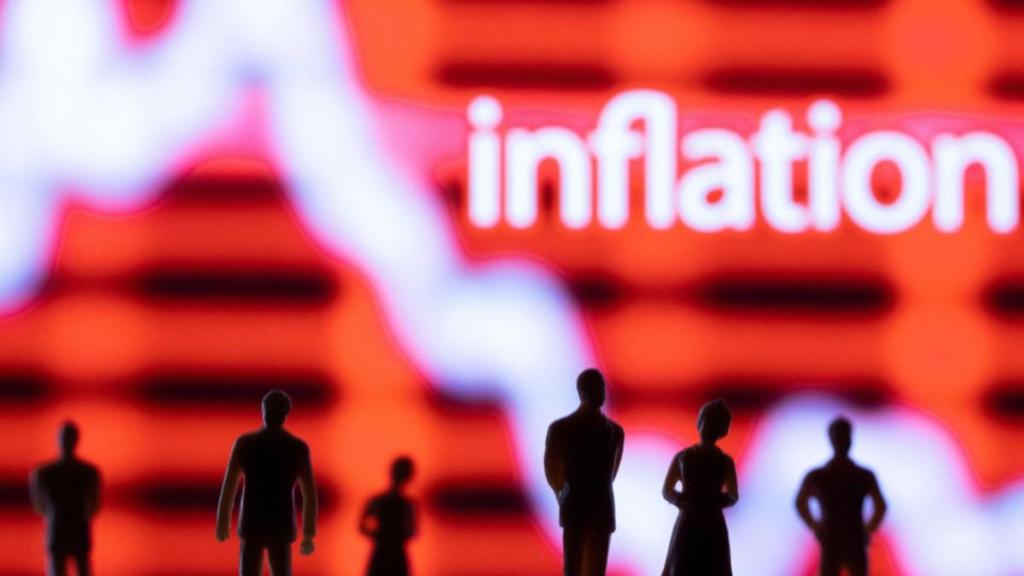By Janak Raj,
In the economic Survey of 2023-24, a suggestion was made that food be excluded from the inflation measure targeted by the Reserve Bank of India (RBI). However, now the discussion has moved further, questioning the flexible inflation targeting (FIT) framework adopted by the RBI in 2015. Of course, any framework can be reviewed/refined and even abandoned, if so required. However, the grounds on which the review of the FIT framework is being sought are problematic.
First, it has been argued that since food inflation is not amenable to monetary policy action, it is unfair to the central bank to give it a target for inflation as a large portion of it is outside its control. A key question is not whether the central bank can control food inflation, which it cannot because interest rate is a tool for demand management, while food inflation is largely driven by supply-side factors. But would any inflation measure without food be meaningful, especially because food has a weight of 46% in the consumer price index (CPI) basket. Also, the risk of “second round” effects of high and persistent food inflation is real and cannot be wished away. For the sake of argument, let’s assume that the central bank is targeting an inflation measure which excludes food. If the average food inflation remains below or close to the inflation target, there may not be a risk of second-round effects. However, if the average food inflation is much higher than the target inflation and remains persistent, there will be a serious risk of spilling it over to the headline inflation through the wage-price spiral. This is because food inflation, whether it is a part of the inflation target measure or not, will raise inflation expectations which, in turn, will be reflected in higher wages by workers. The literature is replete with enough evidence about the second-round effects, both in the domestic and international context.
As it is, elevated and persistent food inflation has been a concern in India. After the new CPI series (with base 2012) was released in January 2013 onwards, with back series data from January 2011 onwards, food inflation was “6% and above” in 76 months out of 151 (that is 50% of the time) and “8% and above” in 53 months (that is more than one-third of the time). Since the whole idea of excluding food from the target measure is to tolerate much higher food inflation than even from the present level, it cannot but impact the headline inflation.
Second, a related argument is made that in the recent period there is no evidence of second-round effects because in the face of persistent food inflation, non-food inflation has trended lower and not higher. The current high food inflation but low core inflation can be explained by two factors: (i) the effect of monetary tightening of 250 basis points beginning May 2022; and (ii) food inflation, after peaking at 11.5% in July 2023, stabilised at 8.5-9% (between December 2023 and June 2024) and has trended significantly downwards in recent months. Should food inflation rise again and become persistent, it would push up the core and headline inflation with a lag.
Third, another argument made is that the FIT framework is not the only choice and that there are other ways to control inflation such as the multiple indicator (MI) approach followed by the RBI before the FIT framework was adopted. It is further argued that the inflation targeting framework by central banks is based on the premise that inflation is a monetary phenomenon, and that this theory has not held up well in last three decades and that real factors have a big role in fuelling inflation. The MI approach was adopted by the RBI in 1998 after the monetary targeting framework was abandoned, but the inflation targeting framework globally had not fully established by then. Today, around 55 countries have adopted the inflation targeting framework and there are good reasons why it has been gaining traction. Argentina is the only country which abandoned the inflation targeting framework in 2018 within 26 months after adopting it because of implementation inconsistencies.
It is not only the inflation targeting framework, but all monetary policy frameworks are also based on the principle that persistent inflation is a monetary phenomenon. This principle is at the core of monetary policy. To say that inflation is not a monetary phenomenon would mean that monetary policy has no role in inflation management. It is true that real factors such as terms of trade can also impact inflation dynamics. However, real factors cannot sustain inflation beyond a point.
To conclude, it would be extremely challenging to ensure price stability in the face of high and persistent food inflation as it spills over to headline inflation with a lag through the wage-price spiral. Persistent inflation is a monetary phenomenon, and it remains so under any monetary policy framework. An inflation target, currently at 4% with a tolerance band of +/- 2%, is fixed once in five years and the next review is due in 2026. However, both the inflation target and the tolerance band are matters of detailed investigation, and these need to be examined afresh when the inflation target comes up for a review in 2026. Therefore, it would be more productive to research, discuss, and debate whether the current inflation target and the tolerance band continue to be appropriate or they need to be tweaked.
The author is senior fellow at the Centre for Social and Economic Progress (CSEP), New Delhi.
Disclaimer: Views expressed are personal and do not reflect the official position or policy of Financial Express Online. Reproducing this content without permission is prohibited.


